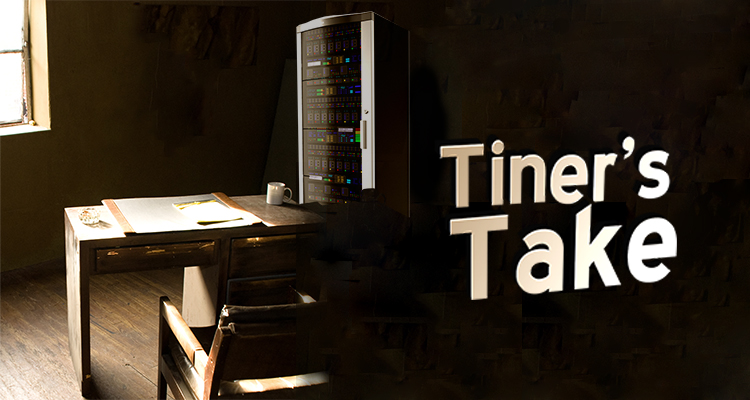ROI in Higher Education
 If you are paying attention to the higher education world, you have noticed a pattern over the past few years. Since 2016, over 70 colleges have either merged or closed (the majority of them closing). While most would not call it a crisis quite yet, everyone in higher ed is paying attention and working to be sure they are not the next one to close.
If you are paying attention to the higher education world, you have noticed a pattern over the past few years. Since 2016, over 70 colleges have either merged or closed (the majority of them closing). While most would not call it a crisis quite yet, everyone in higher ed is paying attention and working to be sure they are not the next one to close.
With this knowledge of closures and mergers, smart leaders are thinking about budgets, and what provides value. Many IT and AV organizations have budgets that are being hit by this closer look. Let’s face it, in both equipment and people, we spend a lot of money. This means that we need to begin to pay attention to what we are doing and how it is providing value. This may mean giving serious thought into what we install, and being honest with ourselves and our administration.
One way we can begin to think about this is by developing an education specific formula for return on investment (ROI). I have always been frustrated by this term, as it is very difficult to define in an educational setting. In corporations, it’s much easier. You buy a widget that makes your job faster and more efficient. You determine how much more efficient and how long before you pay the widget off, and then begin making money. It is not that easy in education. We need to consider factors other than paying off the item and making money on it. However, that does not mean we can’t measure the effectiveness and make decisions based on that measurement.
One sure measurement for education is the use of the technology. All modern control systems allow for you to measure the use in various ways. At Bates we have historically measured the hours that the lamp is used and then what sources are used. We have used this information to make solid decisions. If you are able to determine from those numbers that the technology in a specific classroom is being used for six hours a day, you have a good sense of return. This can also be used for peripherals. For example, years ago when we realized that VHS players were not being used much, we were able to remove them. We showed that they were used only two to three times per semester, but were expensive to install, because we were putting analog over a digital system. When we realized that Blu-Ray players were not being used, we removed those as well and as needed put them in the dedicated computers. Those items alone don’t save a install a lot of money, unless you look at the bigger picture. Those are two less sources that we need to connect to our switcher. Does that mean we can get a smaller switcher? If so, we’re beginning to save real money at that point.
Another area that we have looked at and consider ROI is classroom capture. This is a service that faculty and staff really like and has value, but perhaps not in every space. Putting a full class capture in a room will cost several thousand dollars. And perhaps more money, when one considers the cost of storing and streaming the recorded material. If programmed properly, you can understand the use of the capture equipment. However, a better metric maybe the views that the video gets once it is posted. Each institution would determine this on their own, but consideration should be given when there are very limited views of the video. This can be a reasonably easy calculation. If a class capture costs $8,000, and the streaming service costs $300 per month, you can create a per view cost. Does it cost $5 per view, or $100 per view? In institutions where budgets are being carefully watched, I believe that faculty, along with administrators will be interested in this number and make decisions based off it.
There are some instances where we are able to provide a true ROI. Take a look at conferencing software, such as Zoom. We have implemented Zoom on our campus. Whether we are inviting guest speakers to classrooms, performing job interviews or even remotely meeting with others on campus, we are saving money. The money is in time, travel and access. If we take our annual cost of the software and determine how many uses are job interviews, we can get a general number for the cost saving. We can also calculate cost savings to our long distance bills, provided the call does not use phones.
This effort does take time, so in many ways, you also have to consider that. If it’s taking several hours each month for a manager to figure these numbers out, what is the cost of that? Perhaps this is an area where a true relationship with an integrator comes into play. They could be doing the monitoring and the calculations for you. They could be providing the information about what equipment may not need to be in your next install. Yes, they would lose some money, but the increase in trust would be beneficial in the long run.





